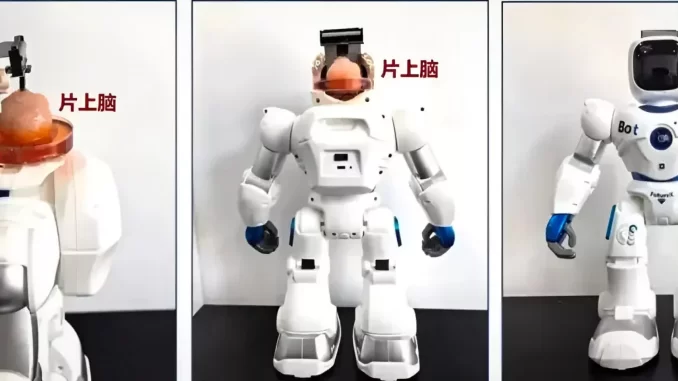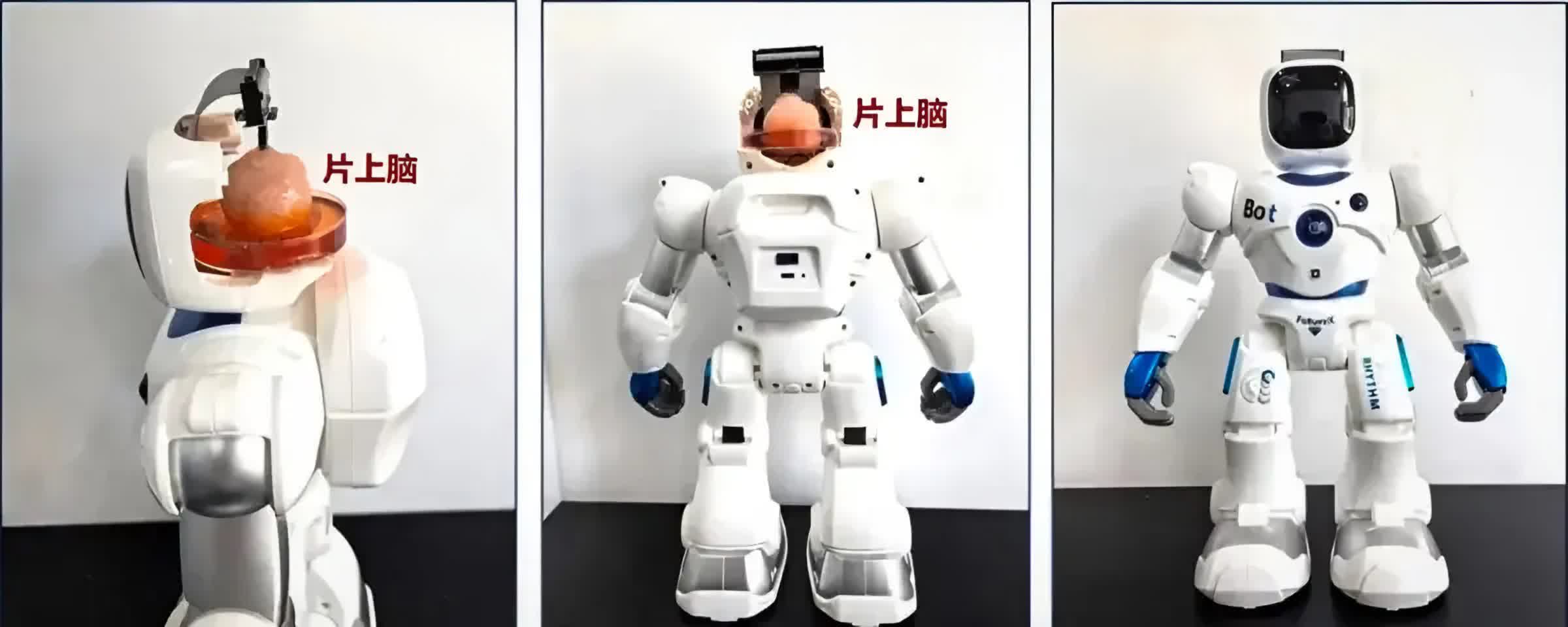
In a nutshell: Interfacing brains with computer systems is difficult. It calls for interpreting complicated neural indicators, making sure biocompatibility, and fighting immune responses, to call a couple of hurdles. Seamless conversation between biological and inorganic programs calls for complicated algorithms and actual neural mapping. Fresh analysis displays that lab-grown “organoids” may assist conquer a few of these stumbling blocks.
Chinese language researchers from Tianjin College and the Southern College of Science and Generation have created a groundbreaking robotic powered by means of a tiny organoid derived from human stem cells grafted to a neural interface. This leap forward machine lets in the robotic to be informed duties like impediment avoidance and object manipulation.
Described because the “global’s first open-source brain-on-chip clever complicated knowledge interplay machine,” the era marks a vital development in brain-computer interfaces (BCIs) – units that translate between neural and computational indicators.
The South China Morning Publish notes that the scientists grew the organoids from human pluripotent stem cells, which will turn into more than a few cellular sorts, together with neural tissue. Those synthetic-organic (pardon the oxymoron) mind cells are connected to the robotic’s neural interface, enabling conversation between the neural tissue and the robotic’s programs. Even if the offered photographs of purple mind subject are simply mockups (under), the real organoids are a lot smaller.

Past their instant software in robotics, researchers intention to make use of organoids for mind restore via transplantation, doubtlessly helping stroke sufferers and others with mind accidents.
“The transplant of human mind organoids into residing brains is a unique manner for advancing organoid construction and serve as,” the learn about reads. “Organoid grafts have a host-derived practical vasculature machine and showcase complicated maturation.”
Regardless of those promising traits, the analysis continues to be at an early level, and critical questions stay in regards to the feasibility of repairing broken mind tissues with organoids. Nonetheless, the possible is intriguing. Futurism notes that experiments on the College of Pennsylvania demonstrated that transplanting human neurons into rat brains with broken visible cortices may revive the affected spaces and repair reaction to stimuli like gentle.
Of their contemporary paintings, the Chinese language researchers used low-intensity ultrasound to beef up the combination of organoids into host brains. This system progressed the formation of neural networks, suggesting a non-invasive way to assist sufferers with mind harm. Whilst this ultrasound remedy may facilitate the relationship between organoids and computing interfaces, it represents a initial step against the long run function of the use of lab-grown mind tissue to revive human mind purposes.
This analysis underscores the opportunity of combining organoid era with BCIs, paving the way in which for complicated healing methods and clever robot programs. It additionally confirms findings in an identical research, equivalent to Indiana College Bloomington’s “Brainoware” analysis.
Symbol credit score: Maxuser

Leave a Reply